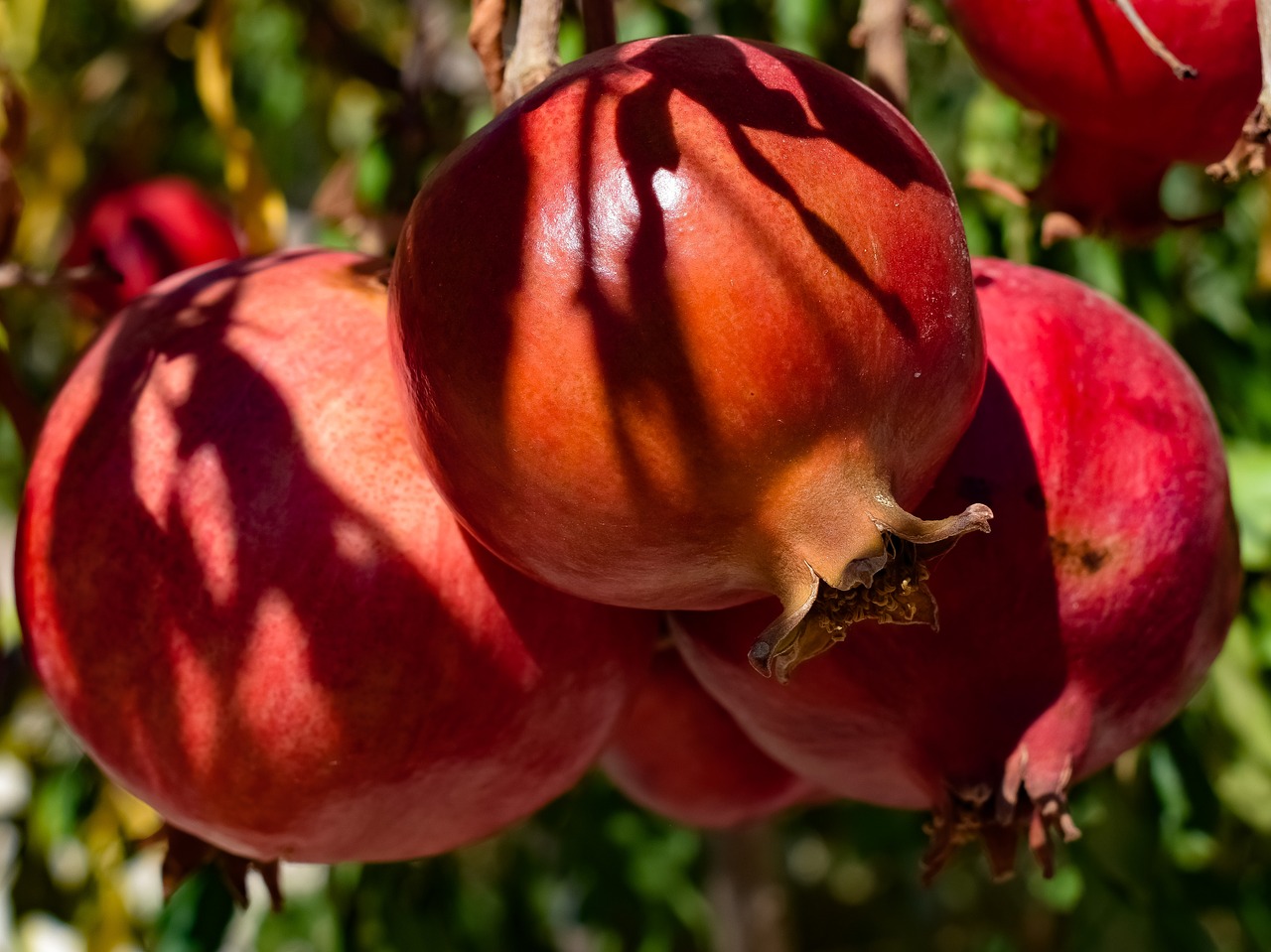Whenever I told people I was making pomegranate sorbet, it always garnered the same response: a mixture of admiration and curiosity. Incidentally, this is the kind of reaction I seek in every interaction I have with others. But in this case, the reaction is rather undeserved since sorbet of any kind is so easy to make. Maybe it’s the long word-French word combination of this recipe that seems to make it so awe-inspiring.
“All you really need to know is that if something goes horribly wrong with your delicious frozen dessert, the problem probably lies in the sugar syrup-to-fruit ratio.”
Quite simply, sorbet is just a frozen mixture of fruit juice and sugar syrup. Any juiceable fruit can be sorbet-ed using the methods given here, only with minor volume tweaks. It will differ based on the sugar content of the fruit juice, since it is the amount of sugar that determines how the mixture freezes. Too much sugar and it will never freeze, too little and it will be properly icy. I’m not sure about the science behind this, but I reckon it has something to do with at least one of the following words: Osmosis, crystal structure, water, solid, liquid, gas. Who cares? All you really need to know is that if something goes horribly wrong with your delicious frozen dessert, the problem probably lies in the sugar syrup-to-fruit ratio.
In this instance, I used pomegranates because I think they are an impeccable fruit—one of the greats. And, fortunately, they were in season at the time of testing the recipe. Much to my surprise, pomegranate season runs between September to November, and, if you’re lucky, sometimes the season is a bit longer. I’m sure if you march your little self down to Fallon and Byrne whenever you are reading this, you will be able to pick up two nice bright red specimens, but, when in season, you can get fabulous pomegranates in practically any supermarket.
“The repetitive movements and tactile nature of the process induced a real zen. I would recommend you also indulge in a really yippie meditation at this point in the recipe—you deserve it.”
I juiced my pomegranates first, since it is the most laborious of the tasks. I deseeded and juice my seeds through a sieve to a sweet wavey soundtrack. The repetitive movements and tactile nature of the process induced a real zen. I would recommend you also indulge in a really yippie meditation at this point in the recipe—you deserve it. I juiced two pomegranates both times I made this recipe, and for each it ended up producing around 320ml or so. I added a few of the pulpy bits and seeds to up the volume to about 340ml and to add some body to the sorbet.
Putting the fruit juice aside I made the sugar syrup. This is done by adding the sugar and water to a pot, then bringing it to a simmer and leaving it to reduce. The final consistency will be far from a classically syrupy look, like the kind you see honey having in yoghurt ads. It will instead be quite liquidy but thick enough to coat the back of a spoon after dipping into the mixture. This should be allowed to cool for as long as you’re bothered to wait, but doesn’t have to be all the way down to room temperature. Then you add the fruit juice, as well as the juice of half a lemon and mix. The lemon won’t impart its own flavour, but it serves to enhance the pomegranate flavour.
This final part is responsible for what transforms your mixture into smooth and lucious sorbet. There are a few ways to do this, but the outcome is mostly the same. They are basically just methods of interrupting the freezing process to stop your sorbet from becoming a hunk of ice. The first method is the best for student kitchens, and works a treat, but is the most tedious. For this, you place your mixture in a container and place it in the freezer. Leave it for about an hour this first time, depending on your freezer’s strength. When you take it out, there should be ice crystals forming around the edges. Use a fork to give it a good stir and to break up any bits. Place it back in the fridge for another 40 mins or so. Take it out and do it again—it will be mostly frozen at this stage. Then repeat this every 30 mins for about 2 hours. By the end, you should have a nice smooth mixture ready to be scooped and enjoyed.
If that all sounds like too much for you, don’t worry. If you just leave the mixture to freeze solid overnight, you can just chuck it in a blender/ food processor, slightly broken up if possible, and blend into a snow-like mixture. This will be more reminiscent of a slushie, but still bangs.
Or, if you have an ice cream machine there with you at home, which I fear is the case for an embarrassingly high number of you Trinity News Food readers, this is absolutely the way to go. It is most likely to bring you to a smooth success since it does the job for you.
The measurements I used are as follows:
350 ml of Pomegranate juice (about 2 pomegranates)
50 g sugar
90 ml water






